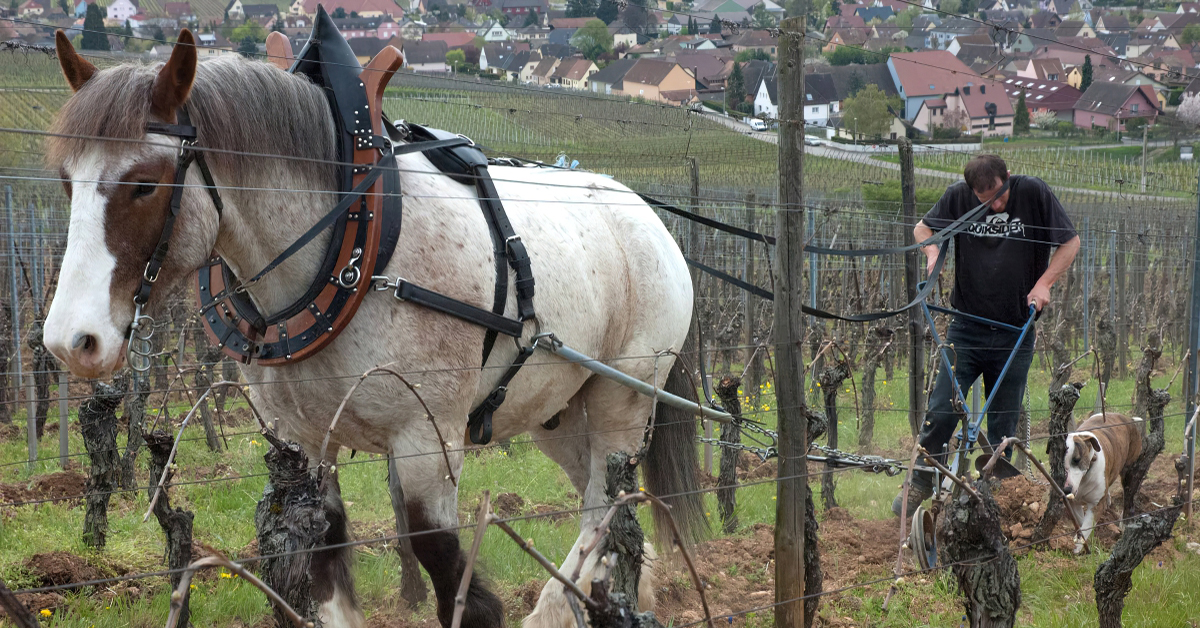
Domaine Jaume
Richard, Anthony, and Pascal Jaume in Vinsobres The modern history of this eighty-hectare estate in Vinsobres began with Henri Chauvet and Baron Le Roy, who, in the 1920s, introduced the idea of “appellation contrôlée” in France. Henri Chauvet’s son-in-law Pierre Jaume was the driving force in the development of the estate, but it was Pierre’s son Claude who was the first to estate-bottle the wines.Grandsons Pascal and Richard took over in the 1980s, and have continued to enlarge and improve Domaine Jaume; with carefully considered purchases, like the vineyard they call “Altitude 420,” and the “Clos des Échelas.” Richard’s son Anthony joined them in 2010. The estate’s unwavering commitment to sustainable, organic viticulture is outlined in its “Charter Vinéa Natura,” which every producer in the world should adopt.









